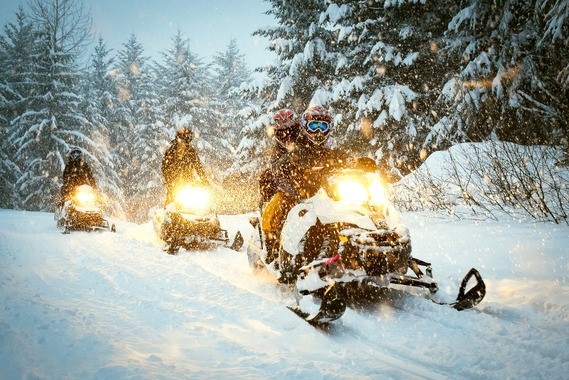Prescribed Burns To Take Place Across The State
Fire management crews will begin conducting prescribed burns on Wisconsin Department of Natural Resources properties throughout the state where local conditions can provide a safe and effective burn.
The recent, much-needed precipitation has created conditions that are ideal for burning in certain areas of the state.
Winter burns typically begin with cattail marshes, wetlands and wet prairies. Cattail wildfires can present a control challenge for suppression authorities during the warmer summer months when both dead and live cattails are available to burn. By burning in winter, DNR staff take advantage of ideal ice and snow cover, which reduces the heat and intensity of cattail marsh and barrens burns. Additional windows of opportunity for prescribed burning will continue through spring and open again in late summer and fall (mid-July through November).
Prescribed burns support healthy ecosystems for an abundance of plants and animals in Wisconsin. These burns mimic the benefits historic fire once provided but occur under a safer “prescription” range of weather and fuel conditions (compared to most wildfires).
When conducting prescribed burns near roads or recreational trails, the DNR will post signs to notify the public. For your safety, we ask you to please avoid these areas while the burn is being conducted. The DNR also notifies local law enforcement and fire officials in advance about when and where DNR prescribed burns will take place. Burns planned for the following day are displayed on the DNR Prescribed Burn Dashboard.
For more information regarding the benefits of prescribed burning in Wisconsin, visit this DNR webpage. |
